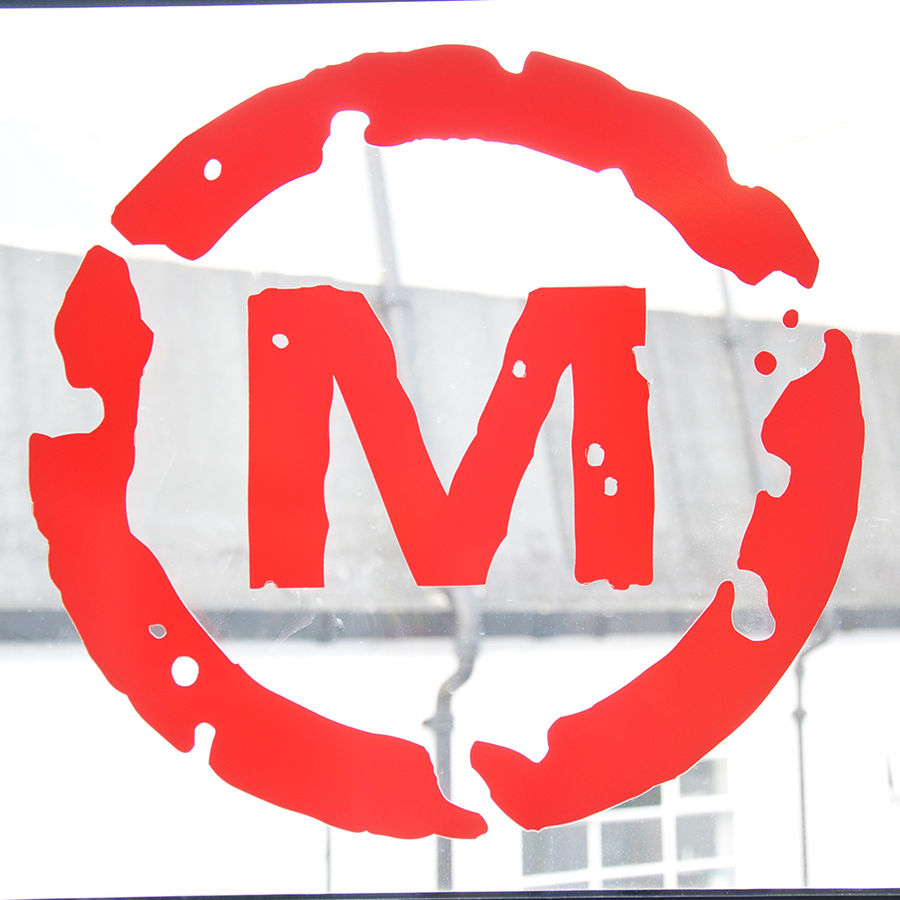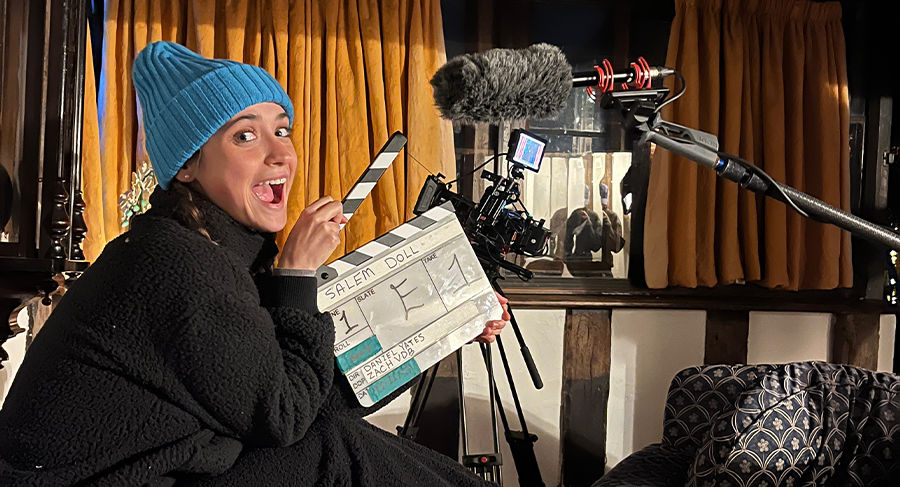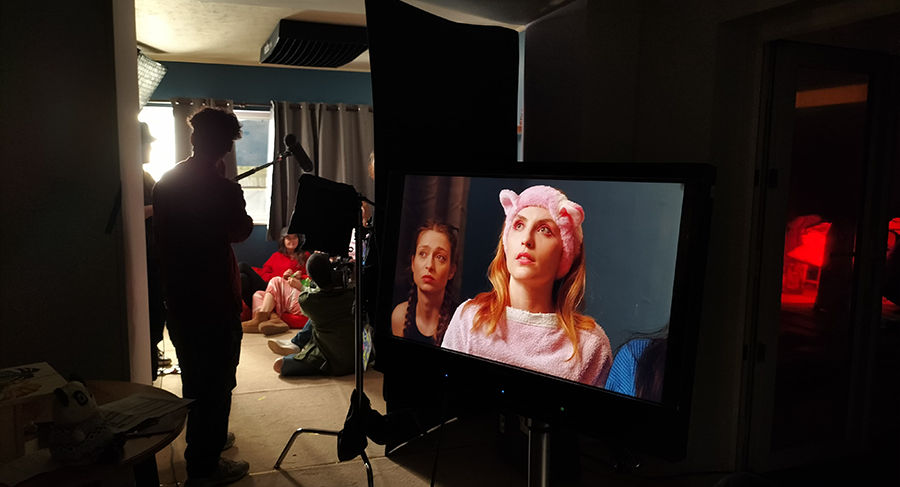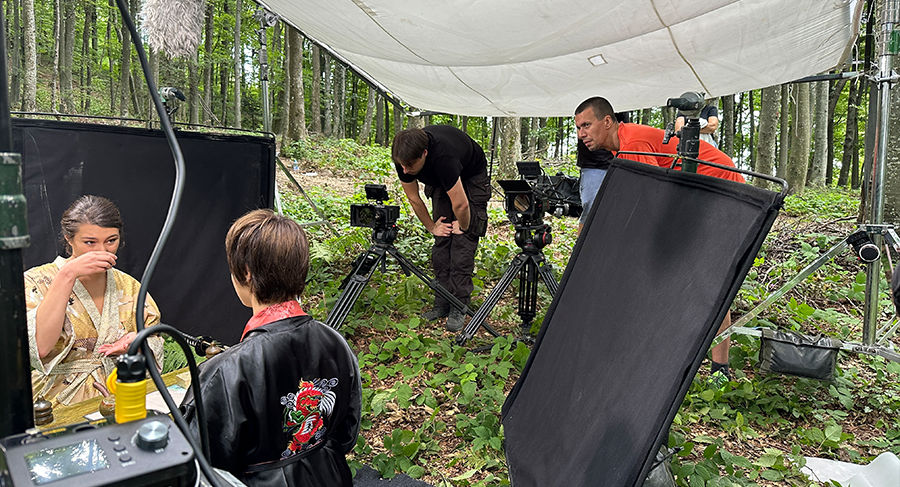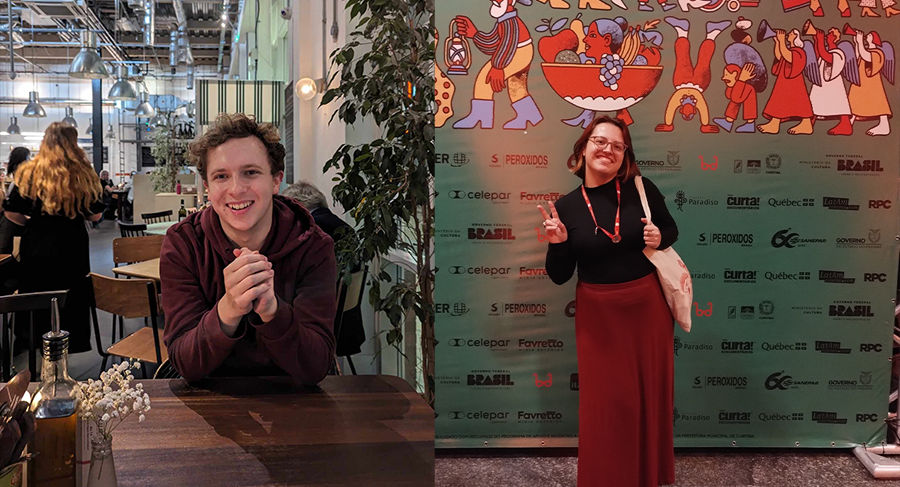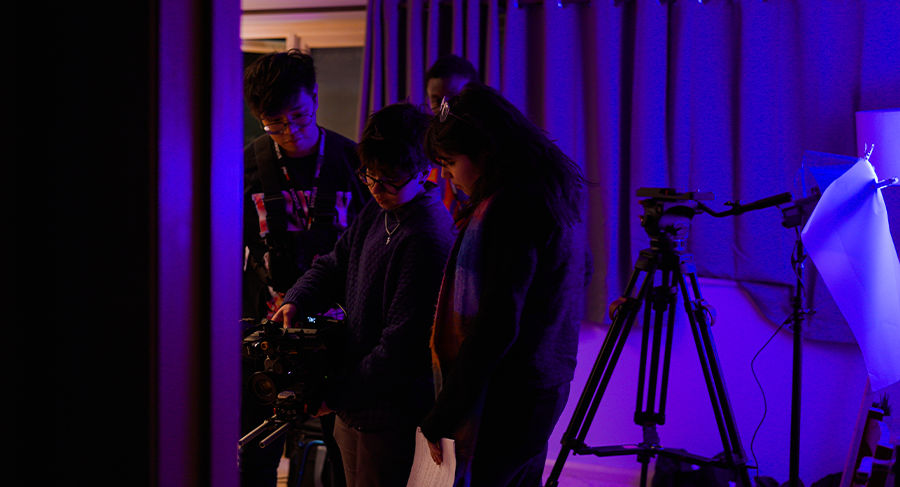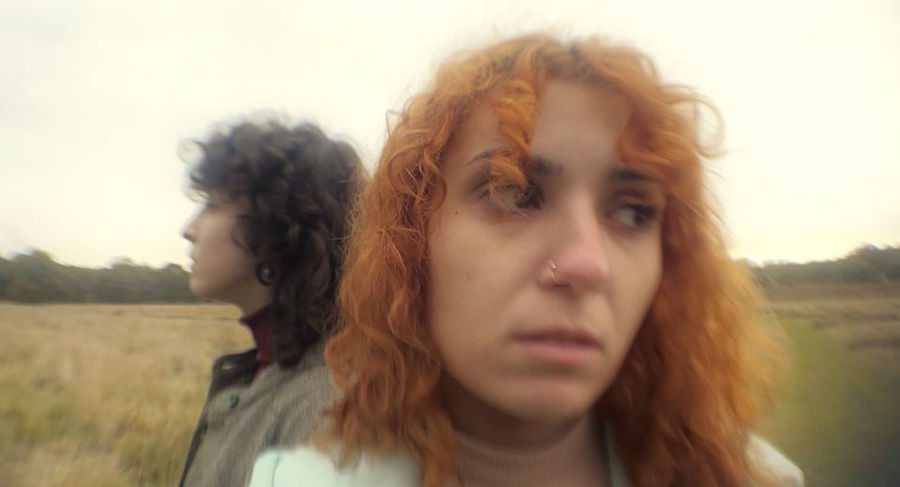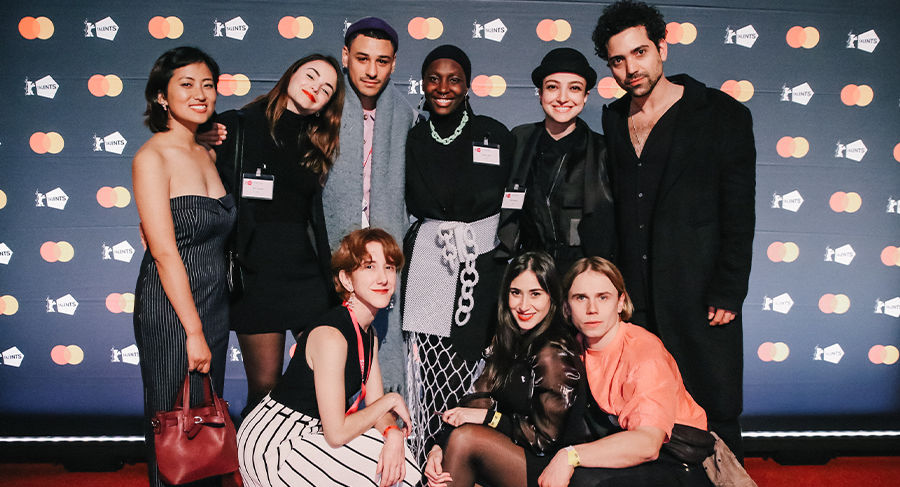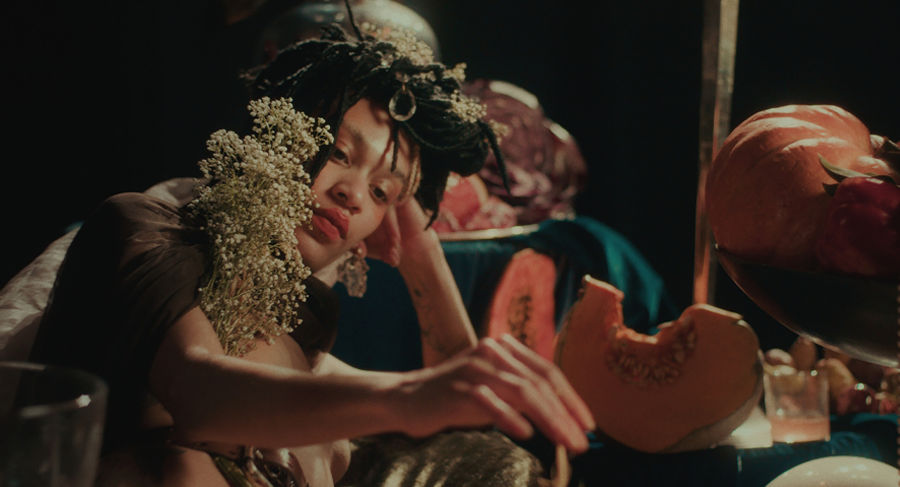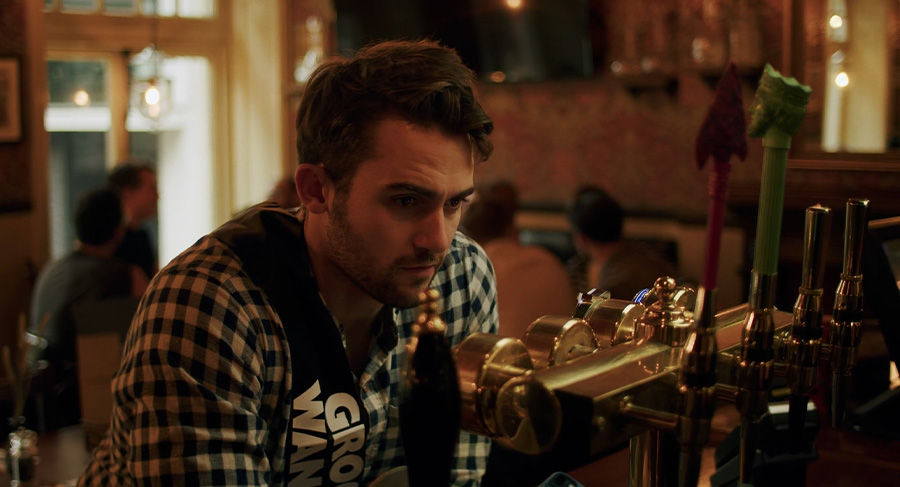Meet the Industry: Selling yourself as a storyteller with Sahar Zand
Sahar Zand is an award-winning journalist, producer, and documentary filmmaker.
By Elise Czyzowska
09 March 2022
Back in 2018, our first ever cohort of BA Content, Media and Film Production students got the chance to meet Sahar Zand. An award-winning journalist, producer, and documentary filmmaker, Sahar has extensive experience in long-form current affairs and documentaries, working in television and radio, as well as both digital and print media.
Four years later, Sahar returned to talk to a new group of MetFilm School students. Having worked with BBC, ITV, Channel Four, and VICE – to name a few – she describes her work as ‘high-impact storytelling’, with her subjects ranging from #MeToo in Bollywood, to Denmark’s Migrant Ghettos.
Starting out by telling the students she wouldn’t sugarcoat anything, Sahar centred the masterclass around sharing the things she wished someone had told her when starting out in the industry. Here are our top takeaways from the session…
Selling yourself
Throughout the class Sahar reiterated the importance of marketing yourself and the unique experience or perspective you can bring to journalism and documentary making. One way to do this is to ensure that your skillset is visible in every single interaction you have or product you make. Sahar lists some more practical ways to do this, such as producing a well-edited showreel to prove you understand the basics of filmmaking, or taking every opportunity for experience that comes your way.
Another example of proving your skillset is to do your research before you meet potential employers. While it’s a good idea to keep the first conversation brief, you want to show that you’ve engaged in the work that they’ve recently created. After all, as Sahar says, ‘you’re trying to get hired as a journalist, so you need to show them that you can do the different skills involved.’
One of the best tools you have available when it comes to selling yourself is your showreel (or radio reel, depending on your desired format). Sahar describes the perfect showreel as ‘the scent of a nice perfume’ on a first date – ‘you want to leave the other person with the best possible memory of you.’
‘Ideas come from your general knowledge, but when you find something that interests you, that’s when the research needs to begin.’ Sahar has anywhere from thirty to fifty ideas on the go at one time, all of which range from loose ideas she hasn’t had time to fully research yet, to projects she is actively pitching and developing.
The film industry is all about storytelling, so Sahar explains that you need to prove why a company needs you to tell a specific story. She has found that niche ideas tend to work best, because they often come from a personal place, meaning only you can tell them. To make sure that you are always including your influence in the projects you develop, Sahar suggested that you regularly ask yourself: why are you the only person who can do this? How can you now show that to potential employers?
About halfway through the masterclass, a MetFilm School student asked if it gets frustrating, having to constantly sell yourself and be in competition with your peers. ‘Imagine the frustration, and multiply that by a hundred,’ Sahar answered.
It’s painful, horrible, and this job is not for everyone. You need to become irrelevant, in that your ego needs to become irrelevant. But the frustration is nothing compared to the impact you make. If you can find a reason bigger than yourself and your ego, then this job is worth doing.
Structuring your stories
When detailing the best ways that she has found to market herself, Sahar showed the group her own CV and reels – even asking for their honest opinions on what they would do differently. To continue this practical demonstration of the industry, she brought up pitches and developmental documents from projects she had worked on in the past, focusing especially on one of her most recent pieces, Britain’s ‘Virginity Clinics’ Uncovered, which she made with ITV.
Sahar broke down her process of structuring a project into what she called the ‘whale structure’:
- Begin by introducing your characters and the story you are going to tell, before taking on a slower pace to give more context, and to share what’s at stake.
- The main body of the piece should move from plot point to plot point, building towards a final climax – this could be your most important piece of information, or an eye-opening interview.
- From this point, the content naturally resolves itself, winding down into your concluding points and wrapping up the narratives of the characters your audience has grown to care about.
Everyone has their own way of planning, writing, and creating, but Sahar explains that this format has always helped her to keep in control of her narrative, and that it is pretty much industry-standard. Keep in mind: the structure is there to guide the story, not to plan out every twist and turn in advance. As Sahar said, ‘If you know the end product from the very beginning, then what’s the point in making it?’. Instead, the ‘whale’ allows you to take a step back and look at the bigger picture, to see more easily which characters, locations and scenes should go where. ‘It’s like a jigsaw,’ she added, ‘you’re just putting the pieces in the right place.’
One of Sahar Zand’s latest pieces, ‘Britain’s ‘Virginity Clinics’ Uncovered’, was inspired by her experience with her own sexuality
Three tips Sahar Zand shared for creating a successful showreel:
- Show a range of skills, from interviewing people, to presenting on and off-location, and make sure you are always showing your authentic self. ‘It gets too complicated when your brand is not yourself,’ Sahar explains, adding that ‘if you’re trying to be someone else, you’ll always be second best.’
- Make your reel for one person. Choose someone who encapsulates the demographic or market your work is aimed at, and make your reel with them, and only them, in mind.
- Less is always more. It’s better to show someone thirty seconds of your best work, than to bore them with five minutes of the same material. A good length to aim for is three minutes for a showreel, and ninety seconds for a radio reel.
- You can watch Sahar Zand’s Britain’s ‘Virginity Clinics’ Uncovered here.
- Do you want to tell high-impact stories? Start learning the trade with the MetFilm School BA Content, Media and Film Production.
- Learn more about Sahar and other projects she has been involved in on her website.

